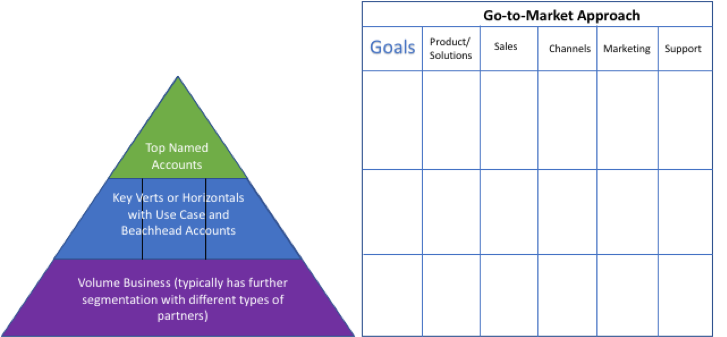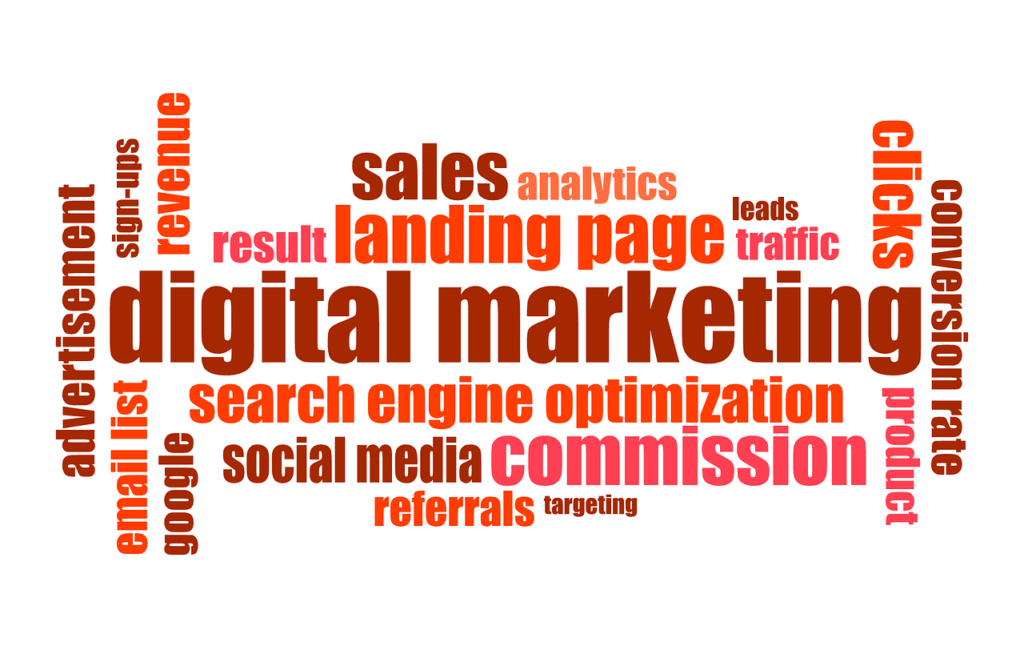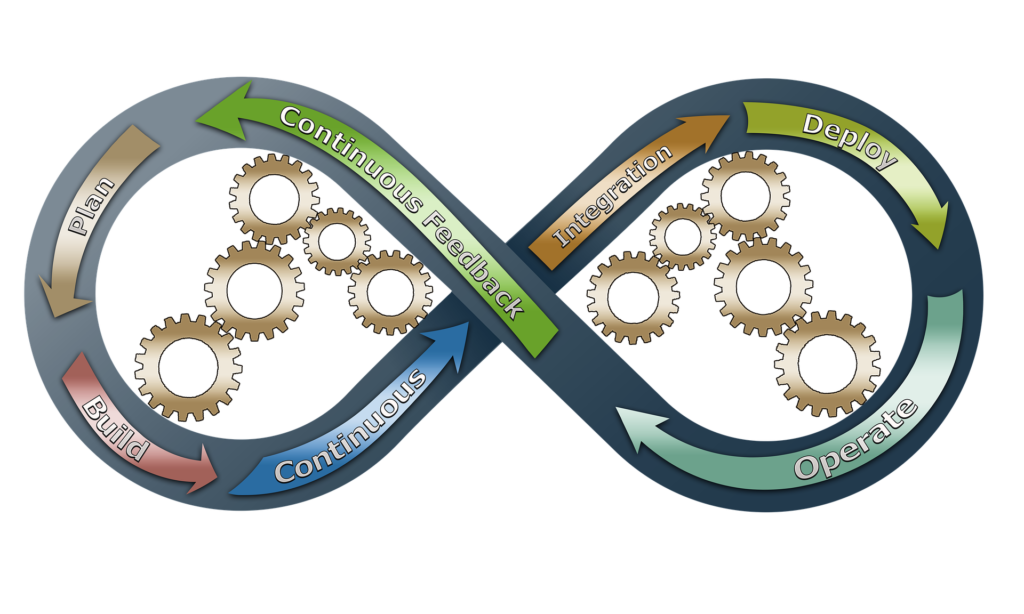The Science and Emotion of Generating Demand with Empowered Buyers
The Science and Emotion of Generating Demand with Empowered Buyers
Customers are empowered more than ever with information at their fingertips, literally, with access to content online on various devices plus traditional offline means (e.g. trade-shows, peer networking, print, etc.). In parallel, they may talk with sales people about their problems, what they’re trying to achieve, and ideas for how to solve them. There are many research results that suggest that the customer’s own research process starts well before they engage with Sales. But what’s important to note is that there are two parallel, non-linear processes that Sales and Marketing need to intercept to influence decision making.
Empowered customers create an environment where marketing technology and data science coupled with the content creation designed to evoke human emotions and strengthen relationships needs to co-exist harmoniously throughout the customer lifecycle.
Given this customer-empowered, parallel processing dynamic, as marketers, we need to plan and execute demand generation campaigns with intentionality—intent to align with the company’s Go-To-Market (GTM) strategy, intent to engage with customers and potential customers, and intent to drive and influence revenues. These translate into three parts of an effective demand generation strategy and execution, as discussed below.
1. Demand generation strategy aligned to GTM strategy
The foundation for a solid demand generation strategy has always been the alignment to a well-thought out GTM strategy. For illustration purposes, the classic pyramid depicts the GTM strategy with GTM organizations aligned with the goals for each segment and what each group needs to do to help achieve those goals. On the marketing front, this will give us insight into knowing what kind of fish we want, where we need to fish, why we want to fish there, how we need to fish, and how much fish we need to catch.

For more information about this GTM alignment model, refer to my article on Grids, Quads, and Pyramids: Saving Your Organization from Strategic Misalignment.
2. Demand generation – engagement
Today’s empowered customers are driving many of us marketers to think about demand generation in a non-linear way. Remember when the funnel formula was: build awareness and credibility with some ads and thought leadership content, offer case studies and competitive comparisons in the consideration phase, serve up demos and data sheets in the purchase phase, and deliver good/hot leads to Sales.
No one engages this way anymore. It’s a much more complex, multi-faceted, multi-channel, and fluid process. Instead of a linear funnel, as many have suggested, the process looks more like an infinity loop. There are various infinity loop models. IDC’s Customer Experience Loop is just one and shown below, as an example.

Awareness starts as a result of a search which is reinforced with brand identity and customer reviews. The research phase is non-linear and multi-channel, and sales influence must complement information found online. And advocacy starts before the buying process begins, goes through the buying and implementation phases, and is amplified by social media, positively and negatively.
As it has been, we need to deeply understand buyers and influencers, their problems and challenges, different ways to address them, and various topics of interest. However, on top of these, we now need to consider the following:
No beginning or end
Think about the process not just from research to buy, but the entire lifecycle journey customers go through–research, buy, use, and advocate. There could be other steps in between but that’s the general flow. Then the process repeats itself. There is no beginning or end, as in an infinity loop. There’s a constant opportunity to engage, help, add value, and impact the customer’s business while we reap the benefit of increasing share of wallet as well as customer testimonials and references.
Be there, be useful
We need to engage to build a relationship and continue to deepen that relationship throughout the cycle. We need to offer up insights and content that address the customer’s need at any point during the process, even before they think they have something to buy from us or after they have bought. Being helpful might mean articulating a clear vision for an end goal with actionable steps for how to get there, talking about provocative insights, sharing potential use cases and best practices, discussing case studies that highlight pitfalls to avoid and key successes, communicating key considerations and evaluation criteria, defining an ecosystem of partners and their roles, providing access to deployment guides, as well as imparting product-related information. It is also at these times when companies can stand out from competitors more easily because they are seen as being helpful and useful, rather than simply selling. Furthermore, less companies engage with potential customers so there are better opportunities to capture attention and strengthen the relationship.

Engaging and snackable content
It’s all about small pieces of content that people can consume to change and shape their thinking about a problem, about their options, and about the best ways and partners to solve them. Content needs to go beyond providing information and educating. Content nowadays also needs to be shareable, interactive, engaging, and entertaining with the ultimate goal to amaze and inspire people to action (e.g., consider us, buy from us, advocate for us, etc.)
Level of engagement is the leading indicator of interest, buyer intent, and future revenue.
So marketers need to get used to mapping and creating snackable content along the infinity loop. As examples: market trends, research/analyst reports, and thought leadership content to build awareness; white papers, solutions kits, and case studies in the buy phase; deployment guides, best practices, and optimization approaches for the use phase; and customer testimonials, peer networking, and user reviews for advocacy. We need to become good content publishers. Generic content doesn’t cut it, we have to understand the audience and the context. All of this takes time, but time is the last thing anyone has, and the industry is moving quickly. Processes, tools, and the content itself has to be redesigned.
Quite interestingly, many companies tend to focus on the left side of the infinity loop designed to create new opportunities vs the right side which is designed to improve loyalty. Ironically, the right side often offers the lowest hanging fruit with lower acquisition cost, best opportunities to create stickiness, as well as potential beachhead and viral effect with advocacy. Let’s ensure we execute a balanced approached as each half of the infinity loops feeds off and builds on each other.
Multiple touch points, conversation, and personalization
Having multiple touch points and delivering personalized content further reinforces the notions of “be there, be useful” and “engaging and snackable content.” Think about digitally surrounding customers from search, to website and microsites, to social media, to re-targeting, to email campaigns, to online events, etc. and offering personalized or customized content, leveraging various marketing technologies available today.
Give customers and potential customers the ability to have a conversation with us and get answers from us whenever and however they want using the messaging apps and channels that they already use every day to communicate with friends and family including SMS, WhatsApp, Facebook Messenger, Apple Messages and more. These can be powered by artificial intelligence (e.g. with chatbots) and/or humans. This conversational marketing approach helps further pique the potential customer’s interest, build a relationship, better qualify the prospect, and lead them further into the sales cycle more elegantly and efficiently. In some situations, this can be an ideal solution to less effective form-fill tactics to set up meetings and nurturing.
Additionally, we need to ensure a consistent and integrated customer experience across digital and traditional touch points (e.g. print, live events, phone calls, etc.)

Encourage advocacy
Encouraging advocacy now extends beyond existing customers, into influencers and potential customers. Customer stories, recommendations, social media posts, comments, and shares that advocate for companies, thought-leading insights, products, leadership teams, and more can come from anyone. Step 1 is building/evolving a company, a team, and products for which people want to truly advocate. Step 2 is encouraging and providing the mechanisms for people to openly provide feedback and voice their advocacy (or even opposition). And Step 3 is consistently engaging with others authentically throughout this process, particularly in social media.
But most importantly, especially with how customers engage digitally, engagement becomes a leading indicator for revenue. The primary measurement for marketing success is customer engagement all along the infinity loop. In the case of a complex sale, as an example, highly integrated and synchronized account-based or segment-based sales and marketing is the best way to get maximum impact from limited resources. This means the metric for success is:
# of Target Accounts x # of Contacts per Account x Number of Engagements per Contact per Year = # of Chances per Year to Influence and Drive Revenue
An engagement is defined as any time a customer interacts with content that we produced, or attends an event or activity that we designed or sponsored (e.g. downloads, shares and reshares on social media, use of ROI calculators, participation in webinars, chats and messages, schedule a meeting or demo, sign up for trial or try-and-buy, etc.)

Here are a two of examples for how to measure success and engagement, one at the account level at the top tier of the GTM pyramid and one at the segment or vertical level in the middle tier:
At Company ABC, the company identified 250 top named accounts, combination of existing and potential customers. The goal was to build a database of contacts desired to engage and influence, with not less than 5 per account, and in some cases it could be hundreds. For each of the top 250 accounts, the company wrote and agreed upon engagement plans that include: Sales, Channel, Product Management, Marketing, and Operations. And then, topic-oriented engagement and content flows that both Sales and Marketing could use to engage in conversation were created.
The company achieved better engagement with personalization and by digitally surrounding the contacts at these top accounts. So for the top 200 accounts, success was:
250 customers x 20 contacts x 20 engagements per person per year = 100,000 chances per year to influence and drive revenue
Similarly, the approach applies to the middle section of the pyramid. The biggest difference is that personalization of the content and outreach/engagement tactics can be leveraged across targets customers in the same verticals. At company XYZ, the mid-tier represents about 1000 customers. Success was measured as such:
1000 customers x 4 contacts x 15 engagements per person per year = 60,000 chances per year to influence and drive revenue
The mid-tier had three verticals with each vertical having roughly 1/3 of the 1000 customers in the tier. The company had weekly demand generation calls with the Sales and Marketing leadership teams to inspect leads and lead quality. In these meetings, they spent time looking at what marketing tactics and assets were being consumed by whom and the level of interaction with those. This process gave them invaluable insights into preference and purchase behaviors (e.g., having support issues with current provider, willingness to consider alternate vendors, investing in new technologies, forward thinking in deployments, etc.) that could not be directly correlated to or inferred from demographic profiles.
3. Demand generation – leads and revenue
Leads, as traditionally defined, are a natural by-product of marketing. Level of engagement allows us to determine lead quality. The higher the engagement, the better the lead score, the higher quality the lead. Marketing and Sales need to jointly create effective and efficient process for dispositioning any high quality leads that came out of this process. There needs to be an ongoing and closed-loop feedback mechanism to continuously optimize the process.

At ACME company, there was complete alignment and support across the leadership team about the importance of generating good leads and lead followup. The Sales and Marketing teams jointly dispositioned each and every lead generated on a weekly basis. They discussed each high quality marketing lead and why they were high quality (based on the customer’s engagement quantity and quality, lead scoring, plus inside sales pre-qualification results). Then Sales accepted or rejected the lead.
This interaction allowed Marketing to modify the criteria for high quality leads as they got feedback and learned. Similarly, the teams also inspected how Sales followed up on the previous week’s sales accepted leads and identified next steps in the process. Some of those leads progressed into the sales process and some returned to Marketing for further nurturing.
Lastly, the teams reviewed the pipeline of opportunities and discussed how the various groups can help improve the overall size and quality of the pipeline, as well as accelerate, expand, or jumpstart individual opportunities in the pipeline. It was a total closed-loop feedback mechanism where both Sales and Marketing were truly accountable for the customer lifecycle outcomes and ultimately revenue.
As buyers and influencers evolve, so must Sales and Marketing. For the most part, the empowered buyers and influencers have forced us to go back to the basics of human emotion and relationships: deeply understand them and their needs; personalize accordingly; be there where ever they are and be useful throughout their lifecycle with engaging and snackable content; engage to build an ongoing relationship, not just sell; be authentic and encourage advocacy, even from those who are not (yet) customers; and lastly, educate, amaze, and inspire them to action.
As with life, when we invest time and effort to help others, as they say, it comes back to us tenfold (sometimes in unexpected ways). It’s time to put this life lesson into practice with demand generation.
Please share in the comments section your thoughts, examples of how your demand generation efforts have evolved, challenges you’ve encountered, how you overcame them, and results. We’re all in it together. We can all learn from failures and successes. Are you interested in reviewing your organization’s demand generation strategy, GTM strategy, goals, and/or content? Contact Aventi Group today to schedule your free discovery call.
This blog was originally published on LinkedIn.






